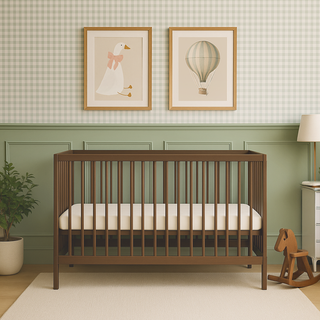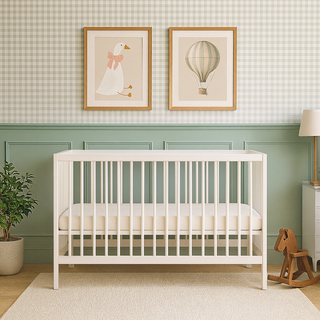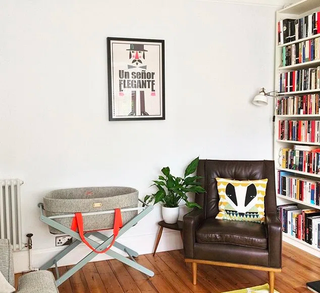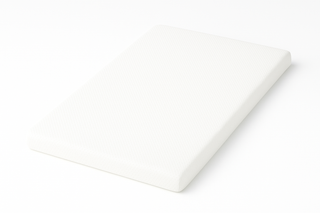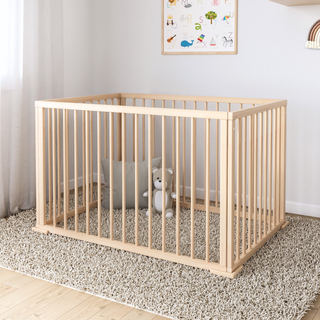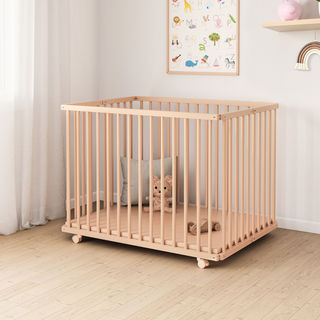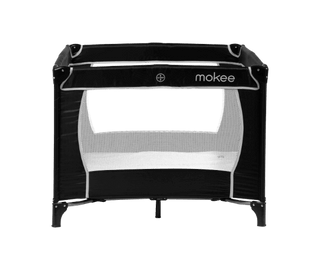5 min read
by Suzi Smith •
Read the blog post or listen to the podcast on Spotify:
Sophie, The Infertile Midwife, explains complications during labour
Complications during labour are less frightening if you know why these complications are happening. It’s important to ask your doctor why these complications are happening and what all of your options are. Remember that the Doctors and Midwives must have your consent to do anything during labour.
Instrumental birth, or assisted birth is where you give birth vaginally but you have some help. One in eight women give birth like this, getting a bit of help with a Kiwi or with forceps which are used by a Doctor.
The Kiwi has replaced the ventouse. An assisted birth can only happen if you’re fully dilated and it’s good to know that if you’re not fully dilated the only option is to have a c section if your baby is in distress and needs delivering quickly. The reasons that you might have this is because your baby isn’t happy and needs to be delivered quickly, you might have been pushing for a long time, and for some women with medical reasons they can’t push. Your doctor should be explaining the reason why they are suggesting an assisted birth. It’s important to understand why you need forceps over a Kiwi. When a doctor is assessing the situation, they’ll be making a recommendation on what they’ve found from a vaginal examination. It’s usually to do with the position of the baby. They feel the bones on the baby’s head and figure out where the baby is.
It’s safer to use forceps if you’re baby is preterm - before 37 weeks of pregnancy. It’s important to know that having a caesarean section at fully dilated is not always considered the safest way to give birth. This is because when you are fully dilated, the baby is deep inside the birth canal. There are some manoeuvres that need to happen to dislodge the baby, if it is particularly deep.
In terms of the procedure, the doctor decides on the instrument to use and gets consent. If you don’t already have a catheter in place they’ll put it in, drain the bladder and take it out. It’s really important to have an empty bladder as it gets in the way of baby coming out and they’ll ensure that you have pain relief with either an epidural or a local anaesthetic. Midwives put your legs into the stirrups so when you’re having a contraction you still have to push and then the Doctor pulls at the same time. Usually just pulling three times until baby comes out.
The kiwi is made of plastic and the sponge goes onto the baby’s head on the back. The doctor will insert it into your vagina. They pump it up so the suction stays on the baby’s head. It’s a really small instrument but It can leave a suction mark on the baby’s head but it will go away super quickly. Because they’re soft they are more likely to fail than the forceps.
Forceps look like a big pair of spoons, a big pair of salad tongs. They go around your baby’s head and they are more effective than the Kiwi and they do go on the side of the baby’s head. They’re metal and will cause slight bruising but this will be gone in a couple of days. You are most at risk of bleeding after birth with an assisted birth so in order to prevent this, Midwives recommend active management in the third stage to deliver the placenta. After the baby has born and you’re about to deliver the placenta, we suggest having an injection into the leg to reduce risk of bleeding and to deliver the placenta.
You also have a risk of tearing so you might have an episiotomy. It is very rare to have a big tear- 4 in 100 women get a third or fourth degree tear with a kiwi, and only 8 to 12 in every 100 from a forceps. That is why you are offered an episiotomy to reduce big tearing.
Caesarean Section
C sections are a surgical procedure where the baby comes out via the lower abdomen. There are lots of reasons as to why you might have a c section. If the baby is breech - coming bottom first, then you may have a planned caesarean. If your placenta is covering the cervix the baby can’t come out naturally, so a c section has to happen. Multiple pregnancies, twins or triplets, are often delivered via c section. It might be safer for you to have a c section rather than a vaginal birth due to a medical condition.
Emergency c sections happen for a variety of reasons. If your baby isn’t very happy and you’re not fully dilated, if labour is very slow and lots of things have been tried, a c section will be offered.
A spinal is often used to numb you but if you’ve already got an epidural, they’ll give you a really big dose to make you feel numb. You’ll feel touch but no pain. You’ll have a catheter and you’ll be in an operating theatre on your back but tilted to the side. In the 3rd trimester don’t lie flat on your back because the weight of your baby sits on your big blood vessels, which will stops oxygen getting around your body as well we getting to your baby.
Midwives shave you before theatre, as they don’t want hair in the wound. You don’t need to shave or wax before but go ahead if you want to. From the time the Doctors start to the time the baby is born, it’s usually 5 minutes and then 30- 40 mins when they put you back together again. Most people are so distracted by their baby and they won’t realise the time. You will feel touch but no pain and when they are trying to deliver the baby you’ll feel like someone is doing the washing up in your tummy. You’ll feel people moving inside you. You feel a lot of pressure on your tummy just before the baby is being delivered. The midwife will check the baby once it’s delivered to ensure that it’s breathing and then they usually come straight to you for a cuddle. You can’t cut a cord but usually the Doctor’s leave it nice and long, so you can trim it down, and have that nice moment. You can do skin to skin in theatre, so just let the Midwife know that you want to. After they clean you up and you go to a recovery area and then you’ll go to the post natal ward. All of the usual post theatre care will happen; nurses will do your observations regularly.
Perineal Tears
The perineum is the bit between the vagina and anus. It is really common to sustain an injury during childbirth. 9 out of 10 first time mums will have some sort of trauma to the perineum. That could be a tiny graze which doesn’t need any stitches right up to 3/4th degree tears which are really rare. 1 in 100 will have a 3rd or 4th degree tear. Most common is the 2nd degrees tear which are little- damage to the skin and muscle. They heal really quickly but you will be sore for a few days.
It is important to wash your hands before you go to the loo as well as after when you’re post delivery. Your hands might not be clean so you need to wash your hands before you touch the wound and change your pad, which you should do regularly. Make sure the area stays really clean and dry, don’t put any lotions on it, you do not need to put anything on your tear as it can irritate them and you’ll be more prone to have an infection. Just use water when washing, no soaps. Have knicker off time too; air is good for the wound.
Make sure that you do your Pelvic floor exercises throughout pregnancy but also post birth as they are important if you’ve had a tear, they help to heal it, bringing lots of blood to the wound. If you have any discharge, or if the wound seems smelly, please tell your Midwife. Midwives should check it when they come and check up on your and baby.
Perineal massage can help prevent tears and it is good for first time mums. Start from 35 weeks and it can be useful to do after a warm bath when muscles are softer. Take your thumbs and out them inside your vagina and press down and stretch out. It should feel like you’re stretching things but not painful. Use a lubricant, such as a natural based oil, olive oil, almond oil for example and try and do it every day.
Ask your midwife for being hands on at birth to help reduce tearing. This is where the midwife will put their hand on the perineum when the baby is coming out. It helps you to have a controlled delivery. If the baby is delivered slowly you are less likely to tear.
Finally, have a warm compress on your perineum during birth. A sanitary pad with warm water on it helps draw blood to the area and then you’re less likely to have a tear.






